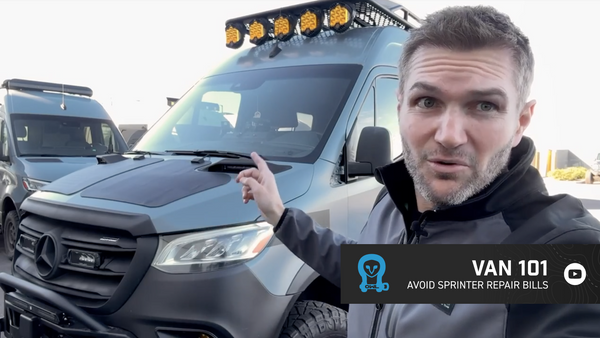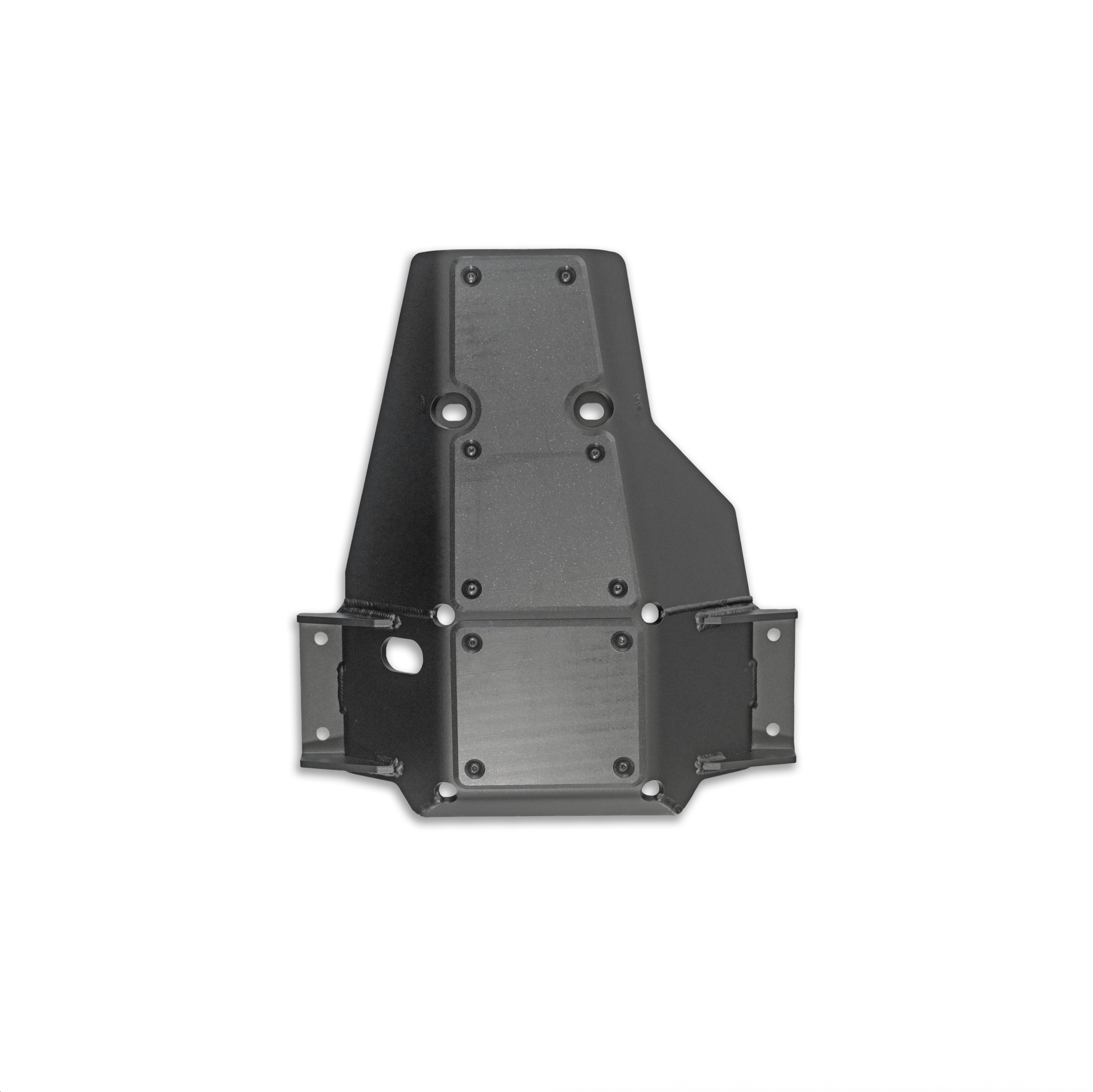The Owl Journal Filter
5 Tips To Avoid Big Sprinter Repair Bills
If you’re serious about adventure, chances are your Sprinter van is more than just a vehicle—it’s your ticket to the unknown, your home base, and your workhorse in the wild. But the truth is, the more you demand from your Sprinter, the more you’ll need to outsmart the costly pitfalls that can end a trip—fast.
Here’s your expert playbook for keeping your Sprinter’s repair bills in check, so you’re always ready for what’s next.
1. Be Proactive with Windshield Chips
If you’ve spent any time behind the wheel of a Sprinter, you know the front glass is a magnet for rock chips. It’s almost uncanny—Sprinter windshields seem to invite dings, especially on adventures off the beaten path.
Why This Matters:
-
A chip can turn into a crack in minutes, especially with the vibration and temperature fluctuations that come with overland travel.
-
Modern Sprinters require sensor recalibration after windshield replacement—add to that the cost and downtime, and you’re suddenly off the road.
Your Move:
-
Carry a Rain-X or similar windshield repair kit. The difference between a $15 kit and a $1,500+ windshield replacement (not to mention insurance headaches) often comes down to speed. If you notice a chip, pull over safely and fix it immediately—don’t wait, or it could spider across the glass before you get to the next exit.
-
Stay Sharp: Practice using your repair kit. Watch tutorials or keep an eye out for upcoming guides from Owl Vans.
2. Prevent Diesel Gelling—Protect Your Fuel and Your Adventure
Cold weather is prime time for diesel fuel to “gel,” leaving your Sprinter stranded and inviting a recovery bill that will ruin your weekend (and maybe your wallet).
Key Considerations:
-
Diesel can gel at temps below 15°F (-12°C).
-
Gelled fuel means your van will not run. Period. It can happen both in the tank and in the fuel lines.
Your Move:
-
Pack Diesel 911 or another anti-gel additive.
-
Before any winter or high-altitude trip, add a bottle to your fuel.
-
It’s cheap insurance: a simple prep step that keeps you mobile while others are stuck waiting for a tow.
-
-
Stow it Properly: Toss it in your Owl Vans rear box so it’s always on hand.
3. Outsmart Rodents Before They Total Your Wiring
If your Sprinter sits for any length of time, especially in urban or wooded areas, rodents are a real and present threat. Wiring harnesses in modern vans are coated with materials that actually entice gnawing critters.
Why It’s Mission-Critical:
-
A chewed wiring harness can total a modern van—repairs can involve stripping the interior, serious downtime, and astronomical labor costs.
Your Move:
-
Install ultrasonic rodent repellers under the hood.
-
These devices are battery-powered, easy to zip-tie near vulnerable wiring, and create an environment rodents hate.
-
Other tricks: Peppermint oil, mothballs, or parking in rodent-unfriendly zones, but ultrasonic repellers are reliable and hands-off.
-
Check batteries occasionally; replace as needed.
-
4. Protect Your Differential—Know the Jack Point Trap
Most shops know to jack a truck from the differential—except on a Mercedes Sprinter, where the differential cover sticks out slightly. One wrong move and you or your mechanic can collapse the cover, lose diff fluid, and suffer damage that could easily require a trail recovery.
Insider Tips:
-
Never jack your Sprinter from the differential cover. The factory design is weaker than most vehicles, and a bent cover means leaks and possible internal damage.
-
Be clear with tire shops and general mechanics—insist on using the recommended jack points.
Upgrade for Peace of Mind:
-
Install a diff skid plate.
-
At Owl, we offer diff skids precisely for this reason—they’re inexpensive, robust, and save you a world of pain if you (or a shop tech) slip up.
-
-
Routine: On your next oil change, show your mechanic where the jack should (and should not) go. A two-minute conversation could save thousands.
5. Stop Rear Shock Bolt Catastrophe with a Double Shear Bracket
This tip could mean the difference between pushing on toward your next summit and ending your trip with a snapped shock bolt deep in the wilderness.
The Weak Link:
-
Sprinter rear shock upper bolts are single shear from the factory—a design never intended for aggressive off-road loads.
-
Over time, the bolt works against the mounting tab, especially if the suspension is upgraded or the van is loaded heavy.
-
If the bolt breaks, it usually shears off inside the unibody—a nightmare extraction job.
Your Move:
-
Mark the upper shock bolts with a paint pen.
-
Draw a line on the bolt and onto the frame to quickly check if it has loosened—a simple glance tells you if something’s moving that shouldn’t.
-
-
Upgrade to a double shear bracket (Baja Bracket).
-
This reinforcement supports the bolt on both sides, virtually eliminating the risk of catastrophic failure, no matter how hard you push your van.
-
Our Baja Bracket kits are engineered for adventure-grade endurance and easy monitoring (with spots for paint-pen indicators).
-
-
Do It Regardless: Even if you haven’t upgraded your suspension yet, this should be considered mandatory for overlanding Sprinters.
Final Thoughts: Invest in Know-How, Not Repairs
Every one of these fixes is born from hard-earned trail experience. When you treat your Sprinter like an adventure rig, using it well outside its original design parameters, don’t just hope for the best—armor up and outthink the gremlins. The five steps above don’t just save you money—they keep you in the wild and out of repair shops.








